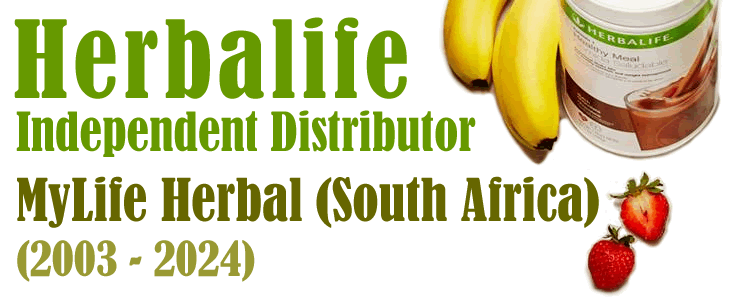Food Safety & Expiry Dates

I have to admit that I’m a little bit overzealous when it comes to food safety, and I take the expiration dates stamped on food labels and packages pretty seriously. Sometimes too much so. If I have some raw chicken in my fridge that’s going to ‘expire’ the next day, I won’t eat it. I know it’s safe, but in my mind, that chicken is on its death bed and doesn’t belong in my stomach.
At the same time, I’ll keep mayonnaise in my fridge until it’s gone. And at the rate I use it, that could be past the expiration date and I don’t give it a second thought. But if you fear old mayonnaise the way I fear expiring chicken, there’s no need – as long as mayo is properly refrigerated, it doesn’t really go bad (by that I mean, it won’t make you sick).
Confused? You’re not alone. Sorting out the dates on food labels isn’t easy. Some people ignore them altogether, others take them a little too seriously (like tossing out ‘expired’ bottled water).
You’ve probably noticed the “use by” dates on perishables, like meat, fish, poultry and milk. Once that date passes, stores are supposed to pull these items from their shelves, and most people assume that the food shouldn’t be eaten after that date, either. But that isn’t necessarily so.
Just because the "use by" date has passed on your carton of milk, it can easily stay sweet and tasty (and safe) for a week or so after that – provided it’s been properly stored in the refrigerator. Eggs can easily stay fresh and safe for 3-5 weeks after you buy them - which is likely to be long after the date stamp on the carton. Even ground beef, which is highly perishable, is safe to eat for a day or two after you buy it - even if the ‘use by’ date has passed.
Then there’s the “best by” and “best before” dates, which aren’t even expiration or safety dates at all. In fact, they’re not even required on the label. Manufacturers put them there to let you know that after that date, the quality of the food might decline. So, you might see a change in texture or color, but the food is still perfectly safe to eat. Keep ketchup around long enough and it’ll turn brown – your burger won’t be as colorful, but it’s still perfectly safe to eat.
Mold is another story. If your bread is decorated with fuzzy green spots, or your lunch meat is coated with gray fur, it’s got to go. But if you find a little spot of mold on firm veggies like cabbage, peppers or carrots, or on hard cheese, you don’t need to throw it out. Just cut about an inch all around the moldy spot, and then it’s okay to eat the rest.
Based on an article by Susan Bowerman - Herbalife Director, Worldwide Nutrition, Education & Training.

